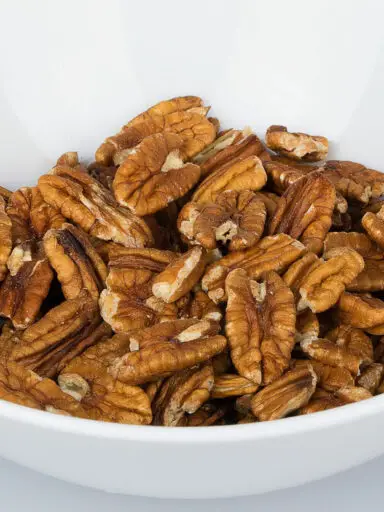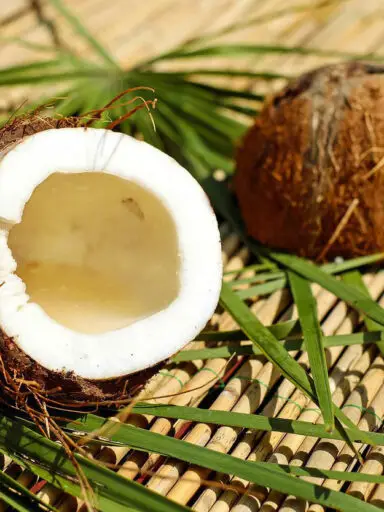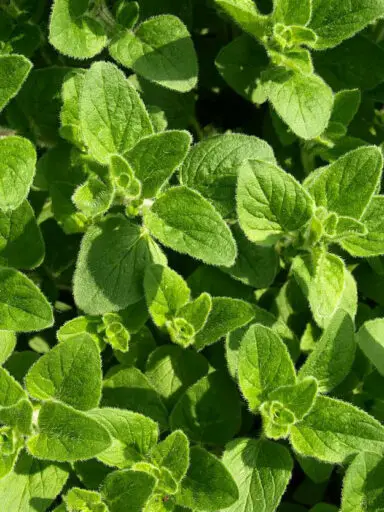The name lettuce is derived from the Latin word Lactuca meaning milk. The name is picked as the leaves sip a milky sap when cut.
Lettuce is a range of green leafy vegetables that are popularly eaten raw and cherished for their mild flavors and crispy textures which is ideal as an ingredient in sandwich and salad dishes. It is important to note that there are other varieties with more bitter tastes out there.
There are six varieties of lettuce namely butterhead which is most widely used in the European region. Chinese lettuce also known as Celtuce is characterized by its long leaves with long white stems that are strongly flavored. It is usually favored for its stems.
The Crisp-head variety resembles cabbage with its dense tight heads and is very crunchy and mild in flavor. This variety is more popular in the USA.
The loose-leaf variety has tender flavorful leaves packed in a loose bunch. Types found here are the green oak leaf, Lolla-rosa-types, red oak leaf, and Valeria.
Romaine lettuce is also popular in the USA. This variety features long and sturdy leaves. Summer Crisp variety also has a crunchy texture and heads that are loosely packed.
It is an annual plant that does well under well-drained sandy, humus soil. The vegetable is generally vibrant, crisp, and crunchy and has a strong bright color. When looking for fresh lettuce, avoid those that are withered or sunken. Soft bland leaves should not be selected.
Avoid leaves that have bruises, signs of fungal infections, mold, blemishes, or any mucus on the leaves. The heads should feel light for their size. Again this last factor depends on the variety.
This vegetable should be stored in a refrigerator in a plastic bag. Romaine will stay fresh for up to seven days while other varieties like the loose-leaf types will stay for two to three days. Generally, you want to purchase this food a day or two before your planned day and time of consumption.
How to Prepare Lettuce for Consumption
The outer leaves are generally removed and any discolored leaves should also be discarded. The leaves should then be washed thoroughly by swishing in a bowl of cold salty water to remove dirt and soil particles. It should also be washed under running water to remove pesticide and fungicide residue, worms, parasites, and their eggs.
It is usually eaten raw by separating the leaves from the stem and using whole or slicing depending on the recipe requirements.
They are used in salad dishes as well as sandwich and burger preparations. It is also found in cocktail dishes such as shrimp cocktails.
The Chinese lettuce variety is usually eaten cooked in stir-fry, stew, fried rice, and noodle dishes.
Nutritional Benefits
Lettuce provides just 15 calories per 100 grams. It contains no cholesterol and no fat. It is a good source of dietary fiber, vitamins, and minerals.
It is a good source of B complex vitamins such as folates, pyridoxine, riboflavin, and thiamin. It is also a good source of vitamin A, vitamin C, and vitamin K.
As for minerals, it is a good source of potassium, copper, phosphorus, and magnesium. It is a great source as well for iron and manganese.




